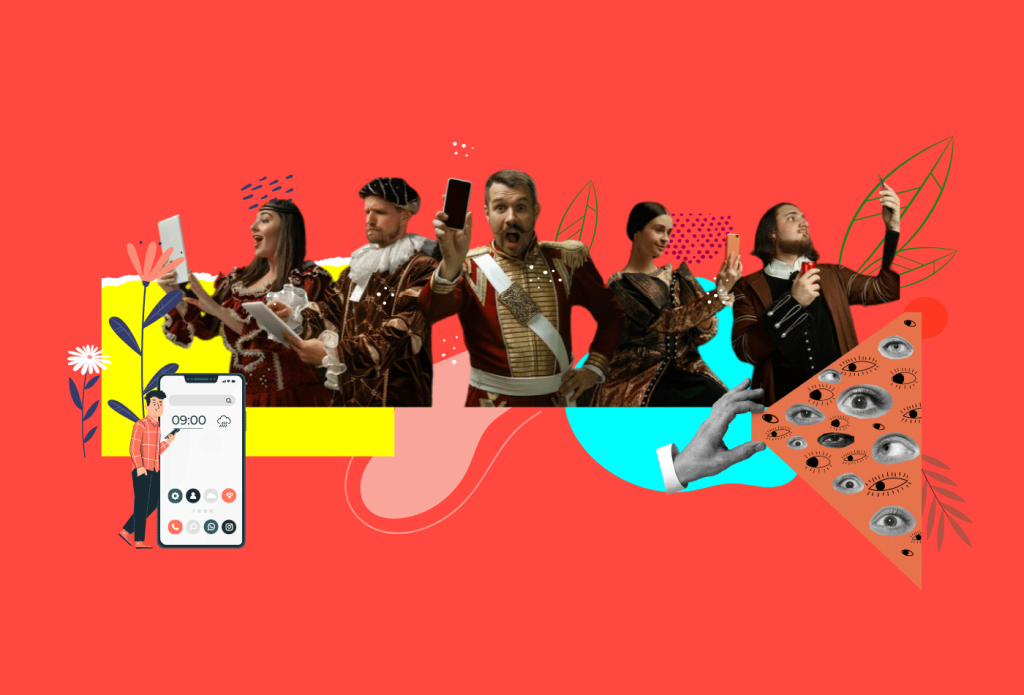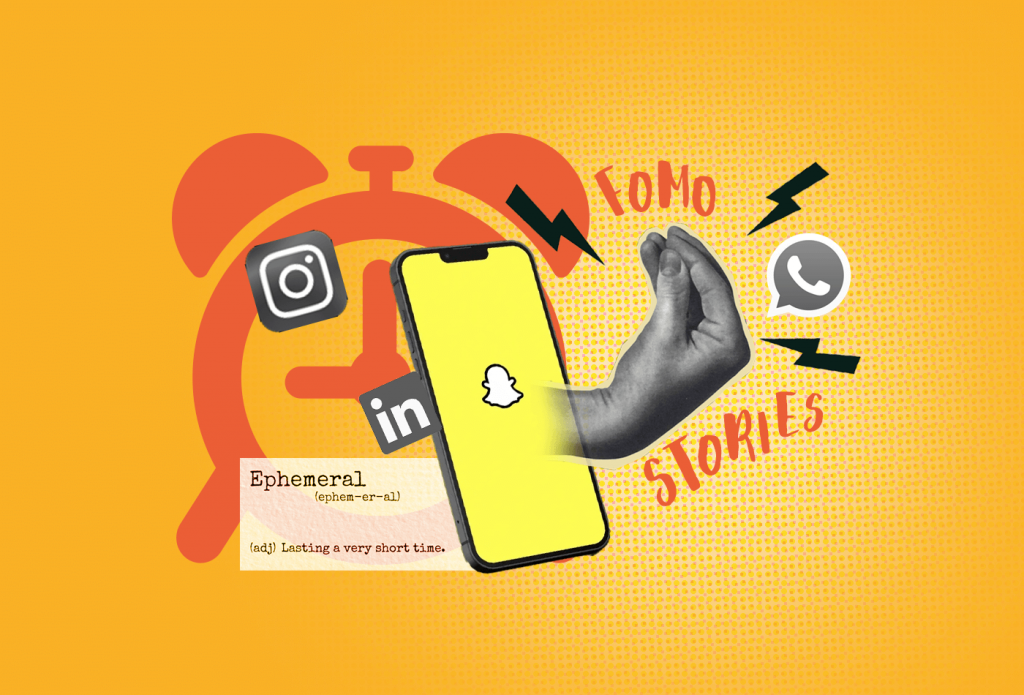There’s no denying the 5G revolution is here. With the emergence of Industrial Revolution 4.0, this is logically the next step forward to harness the new technologies such as Augmented Reality (AR) and Virtual Reality (VR), Internet of Things (IoT) to name a few.
What’s all the hullabaloo about 5G?
Although the adoption of 5G will take some more time, it is expected by 2020 to become a dominant feature for telecom services to roll out this service.
5G is going to deliver 1 to 10 gigabits per second which is 100 times faster than 4G LTE which means a stronger data network and reduced latency, read buffering speed. This in itself will be altering the digital landscape.
Many sectors such as retail, transport, education, healthcare will undergo significant transformation. 5G’s impact on marketing and advertising cannot be ignored with high data rates, reduced latency, and higher device connectivity.
According to Verizon Media:
- 54% of consumers are excited about 5G’s consistent and better-quality video streaming
- 47% of advertisers will be able to use new creative formats via 5G
- 85% of consumers believe AR will get better with 5G
- 33% of advertisers are already planning to tap into the potentials of 5G
The 5G Impact
Rise of Video Advertisements
With 80% brand recall, video is the most consumed content on the internet and with an improved data connection, reduced buffering speed and quick page load, the video will be the star of the show, quite literally!
Globally, video traffic will account for 82% of traffic by 2022 according to the Cisco Visual Networking Index White Paper. Along with this, EMarketer states that mobile video production will be the primary source of consumption and where the next revenue growth is expected.

Image Courtesy: Emarketer
Interactive Advertisements
High-speed data exchange will make advertisements and landing pages to load faster on mobile and desktop platforms. This will reduce the drop in page visitors due to loading delays and thus improve on the revenue generation.
With 5G, opportunities for advertisers just increases to create compelling, visually impactful and high-res ads to engage with consumers. Live-streaming and 4K videos will get a further impetus.
Also Read:
Voice It Out Loud!
An increasing number of mobile users are using voice for their daily search queries. With improvements in voice recognition across various accents, virtual assistants are literally listening to their users and providing real-time results. From scheduling their days to creating grocery lists, voice is the new messaging tool. With 5G, mobile advertising agencies and various digital ones too will have to figure out ways to tap into this potential market.
More Data Equals More Personalisation
With more connected devices, the adoption of 5G will allow accessing an unprecedented amount of data. For marketers, access to such high-quality data will assist them in understanding their customers, in real-time, and paves way for personalized advertising.
IoT Opens More Advertising Opportunities
As 5G gets rolled out, everything connected online across various devices will advance the cause of IoT. A smartphone will act as a remote to control all the devices connected with IoT and 5G will only make it more seamless and efficient. This will have the potential to scale up the demand and supply and adding more integration between IoT and 5G.
AR/VR Unleashed
According to Oath, a Verizon Company, “85% of consumers believe 5G will benefit AR.”
Augmented Reality is fast becoming a mainstay of the mobile feature. The current restriction of speed and latency will be addressed better with 5G. Low latency will make content such as virtual and augmented reality and gaming more interactive, which in turn could create a whole new category of media.
5G will offer advertising opportunities in this space by means of high quality, interactive overlays which can use any surface as an advertising medium. Super-fast bandwidth will take AR to everyday use from a grocery store to point of sale.
Revisiting The Barriers For Advertisers
As more companies start rolling out 5G devices with next-generation Wi-Fi, mobiles and various others the barriers that limited an advertiser to market a product or service is coming down. Advertising infrastructures will have to be revamped to handle massive data such as data repositories will need a redesign. The programmatic auction process will need to be optimized to take advantage of better speeds and the amount of data processing involved. Digital billboards will evolve better to cater to the real-time needs of tech-savvy consumers.
Gone are the days of limited to certain platforms and inability to fully harness the potential of the digital landscape. As 5G becomes the norm, a whole new potential will be coming out. The initial impact of 5G may be limited but expect massive changes.





